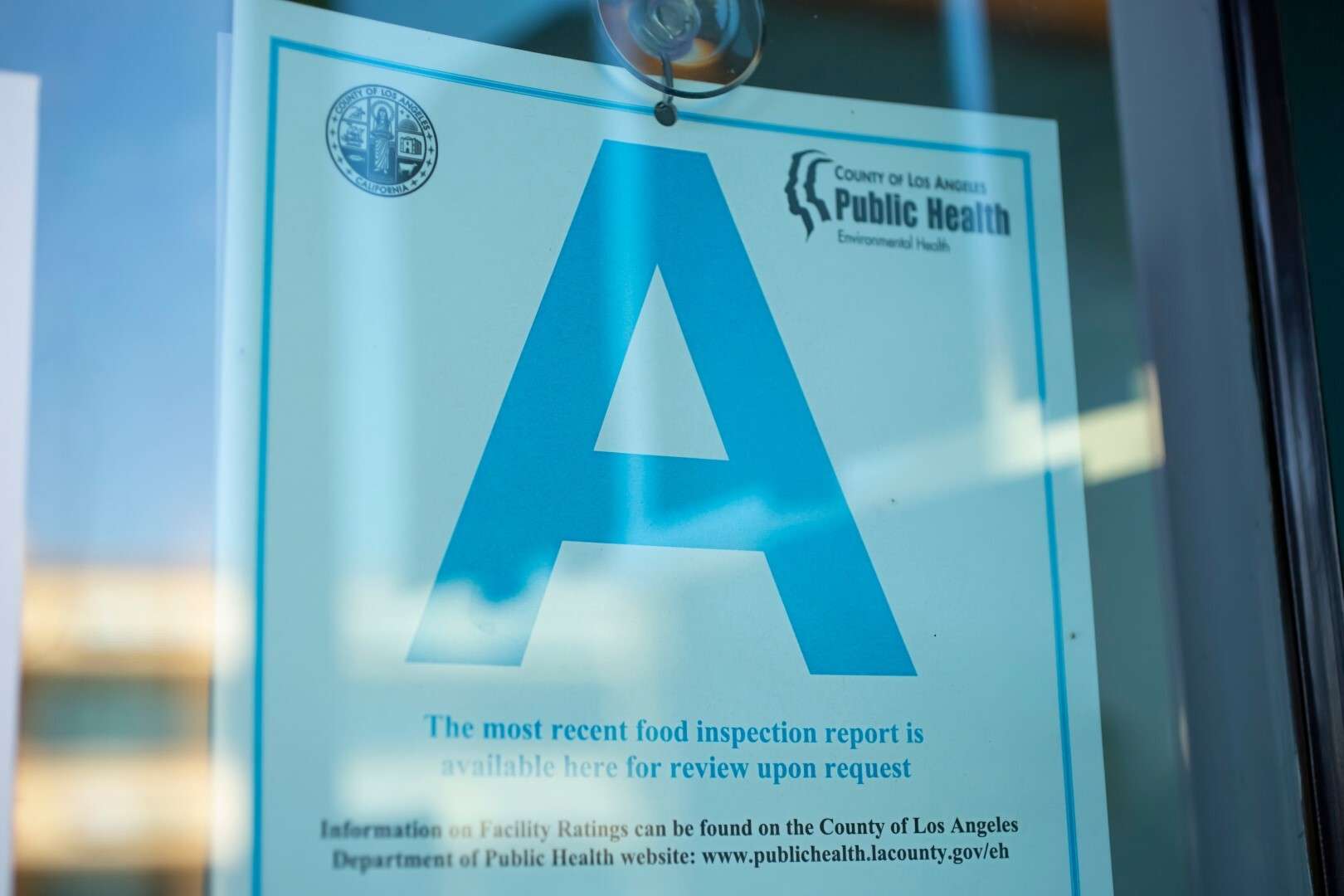Food Safety for Restaurants in Los Angeles: Everything You Need to Know
Los Angeles is known for its vibrant food scene and features a wide range of gastronomic experiences. The city’s Public Health department maintains stringent regulations and conducts thorough inspections to guarantee that restaurants adhere to food safety guidelines. In this guide, we will look at the details of restaurant and retail food inspections, including the steps of an inspection, and the key elements contributing to a safe and sanitary dining experience in Los Angeles.
Restaurant and Retail Food Inspections
Frequency of Inspections:
The Los Angeles County Department of Public Health conducts regular inspections of food establishments to ensure compliance with health and safety regulations. The frequency of inspections varies based on factors such as the type of food service, complexity of food preparation, and the establishment’s history of compliance.
Unannounced Inspections:
Inspections in Los Angeles are typically unannounced, providing an accurate snapshot of a restaurant’s day-to-day operations. This surprise element is important in assessing the establishment’s adherence to food safety standards consistently.
Risk-Based Inspections:
Different food establishments pose varying levels of risk based on their operations. High-risk establishments, dealing with raw meats or serving vulnerable populations, may undergo more frequent and thorough inspections to mitigate potential health hazards.
Before Inspection: Greeting and Information Verification
Warm Welcome:
Inspectors begin their visit by introducing themselves and explaining the purpose of the inspection. Establishing a positive and cooperative rapport sets the tone for a constructive inspection.
Information Verification:
Inspectors verify essential information, including the establishment’s name, location, the person in charge, and the type of food service provided. Ensuring accurate records contributes to a comprehensive inspection process.
During Inspection
Food Handling Practices:
Inspectors closely observe food handling practices to ensure employees follow proper hygiene protocols. This includes handwashing, glove usage, and measures to prevent cross-contamination between raw and cooked foods.
Food Preparation Practices:
The preparation area is scrutinized for cleanliness, and inspectors assess methods employed to prevent contamination during food preparation. Adequate cooking temperatures and safe thawing practices are also evaluated.
Food Storage Practices:
Inspectors examine food storage areas to ensure perishable items are stored at appropriate temperatures, and that storage practices prevent the risk of contamination. Proper labeling and dating of stored items are crucial components of this evaluation.
Employee Practices:
Employee practices, including personal hygiene, health screenings, and the use of clean uniforms, are closely monitored. Infected or ill employees handling food can pose significant risks to public health.
Cleaning and Sanitizing Procedures:
The cleanliness of equipment, utensils, and food-contact surfaces is assessed. Inspectors evaluate the effectiveness of cleaning and sanitizing procedures to prevent the buildup of dirt, grease, or other contaminants.
Knowledge Demonstration:
Food employees are expected to demonstrate knowledge about their assigned tasks, including food safety principles, handling allergens, and maintaining a safe kitchen environment. This demonstration of knowledge is a critical aspect of the inspection.
Facility Maintenance:
Inspectors assess the overall maintenance of the facility, including ventilation, lighting, and pest control. A well-maintained facility contributes to a safe and hygienic food service environment.
After Inspection: Report, Re-inspection, Post or Update the Grade or Score Card
Inspection Report:
Following the inspection, inspectors provide a detailed report outlining areas of compliance and any violations found. This report serves as a valuable tool for the establishment to address and rectify identified issues.
Re-inspection:
In cases where significant violations are identified, a re-inspection may be scheduled to ensure that corrective actions have been implemented. Re-inspections contribute to the ongoing improvement of food safety standards.
Posting the Grade or Score Card:
In Los Angeles County, food establishments are required to prominently display their inspection grade or score card. This visible display informs customers about the establishment’s commitment to food safety and compliance with health regulations.
Food Safety for Restaurants: Ensuring Compliance with Guidelines
Temperature Control:
Maintaining proper temperature control is fundamental to preventing the growth of harmful bacteria. Refrigerators and freezers should operate at recommended temperatures, and hot foods must be kept at safe cooking temperatures.
Storage Guidelines:
Restaurant food storage guidelines encompass not only temperature control but also organization and labeling. Clearly labeled and dated items contribute to efficient inventory management and reduce the risk of serving expired or contaminated foods.
Cross-Contamination Prevention:
Establishments must implement strategies to prevent cross-contamination, especially between raw and ready-to-eat foods. Separate cutting boards, utensils, and preparation areas for different food types are essential.
Hand Hygiene Practices:
Robust hand hygiene practices, including regular handwashing with soap and water, are imperative for preventing the spread of pathogens. Adequate handwashing stations and the availability of hand sanitizers contribute to a hygienic environment.
Allergen Management:
Effective allergen management involves clear communication with customers about the presence of common allergens in menu items. Staff training is necessary to handle allergens safely and prevent cross-contact.
Employee Health and Training:
Regular health screenings for employees, especially those handling food, are essential. Training programs should cover food safety principles, proper food handling practices, and emergency procedures in case of illness.
Equipment Maintenance:
Regular maintenance and cleaning of equipment ensure its functionality and prevent the buildup of contaminants. Scheduled inspections and maintenance contribute to the overall safety and efficiency of kitchen operations.
Pest Control Measures:
Implementing effective pest control measures is vital to prevent infestations that can compromise food safety. Regular inspections and prompt actions to address pest issues are integral to maintaining a sanitary environment.
Commercial Kitchen Cleaning for Food Safety Issues in Restaurants
Restaurant food safety guidelines in Los Angeles require attention to detail and consistent implementation of protocols. From the initial greeting before an inspection to the comprehensive evaluation of food handling, preparation, storage, and facility maintenance during an inspection, every step contributes to the safety and well-being of patrons. The emphasis on compliance with guidelines, transparent reporting, re-inspections, and the visible display of inspection grades or score cards reinforces the commitment of food establishments to maintaining the highest standards of hygiene.
Upholding food safety is not just a regulatory requirement but a fundamental aspect of managing a restaurant. Through collaborative efforts between health departments, restaurant owners, and dedicated staff, Los Angeles continues to set the standard for restaurant food safety, upholding the City of Angels’ reputation for culinary excellence and innovation.
Contact Safe Kitchens to maintain the highest level of commercial kitchen cleanliness throughout the year, as you never know when your restaurant will be inspected.

